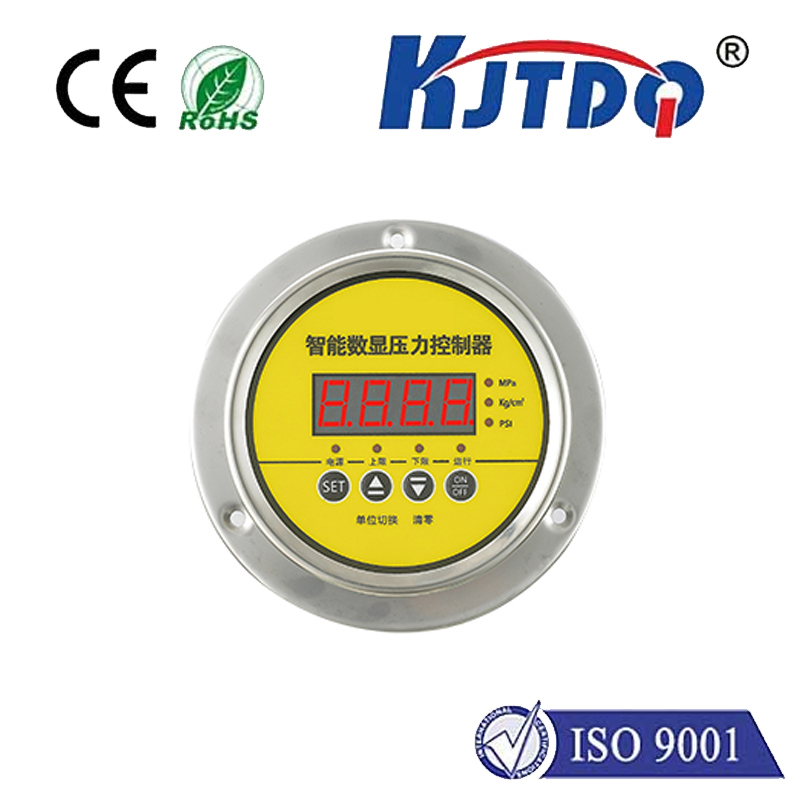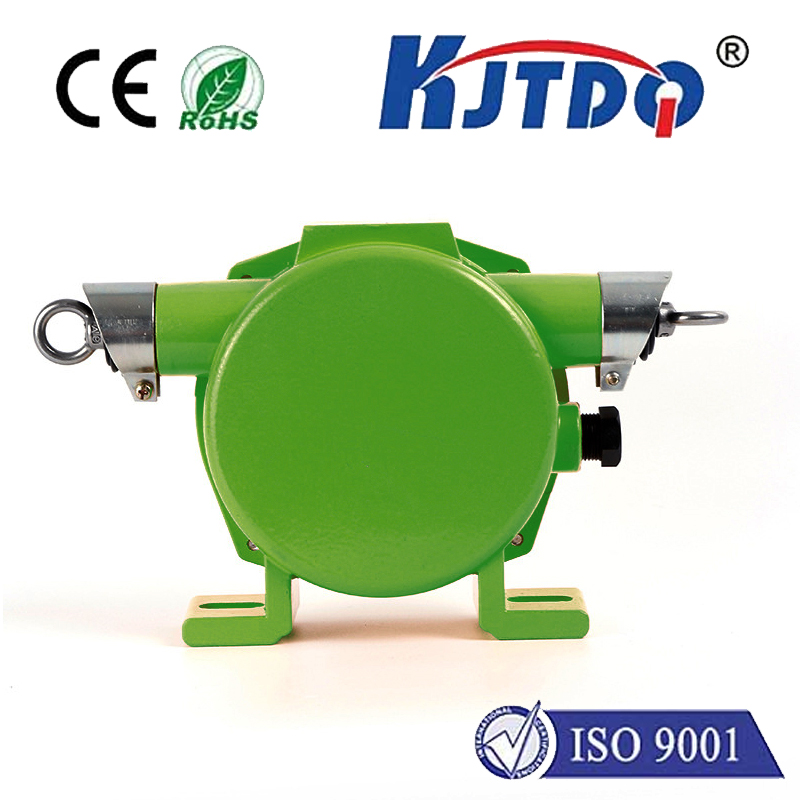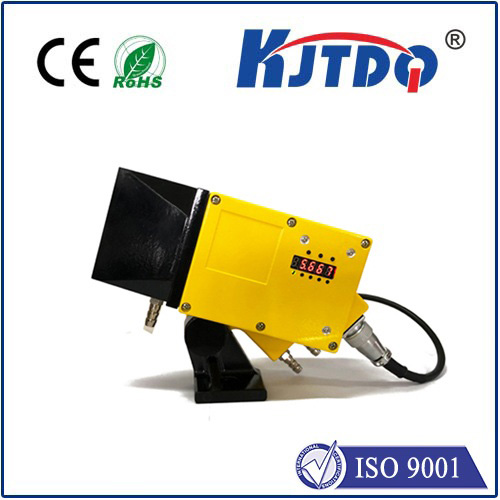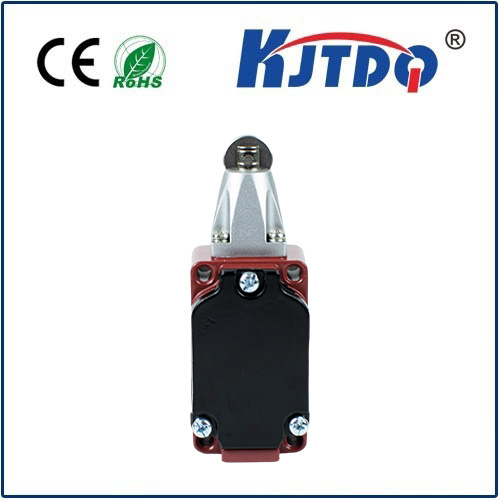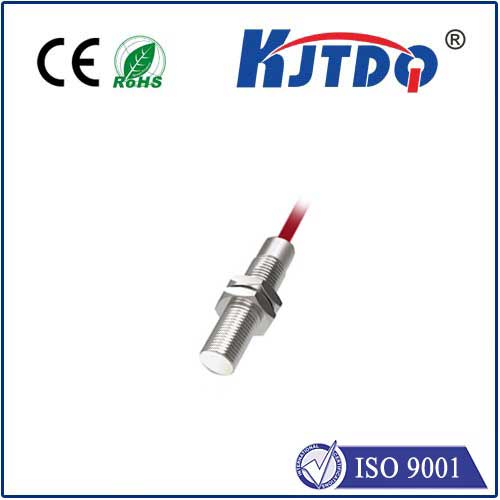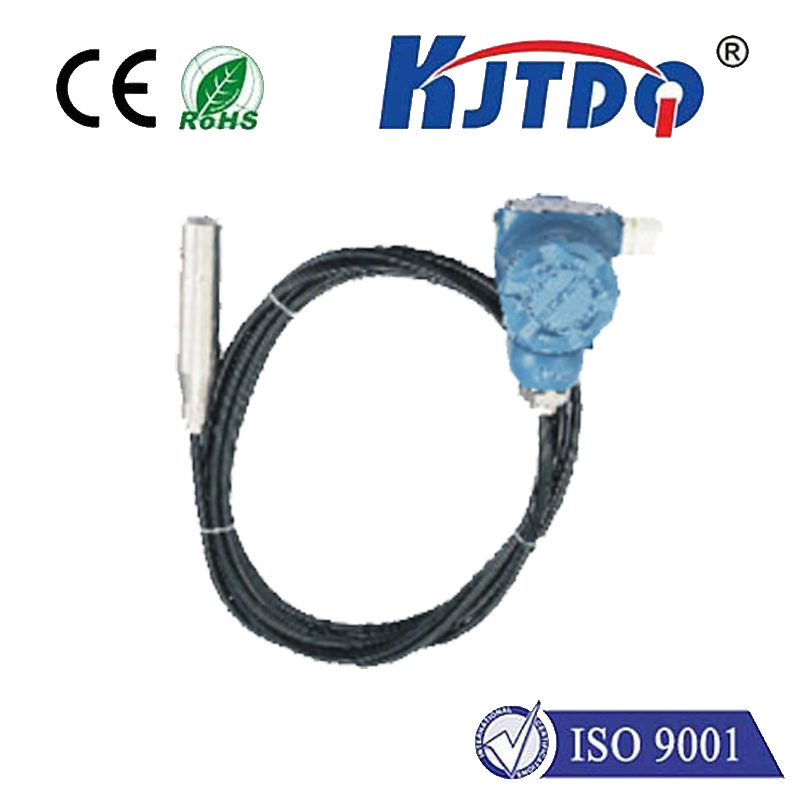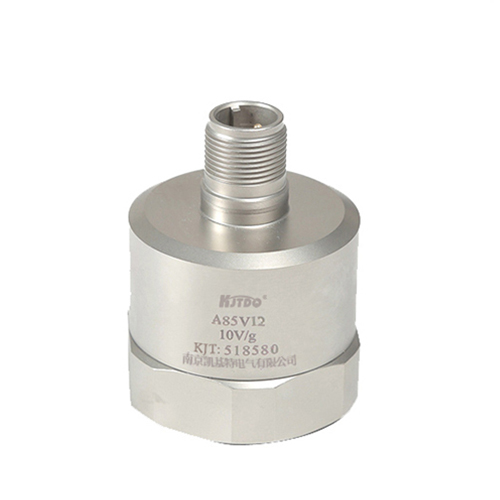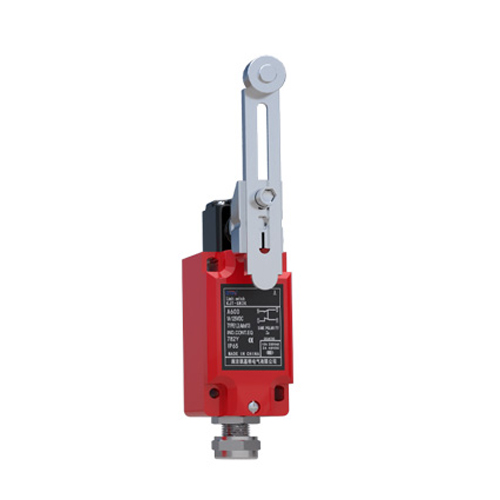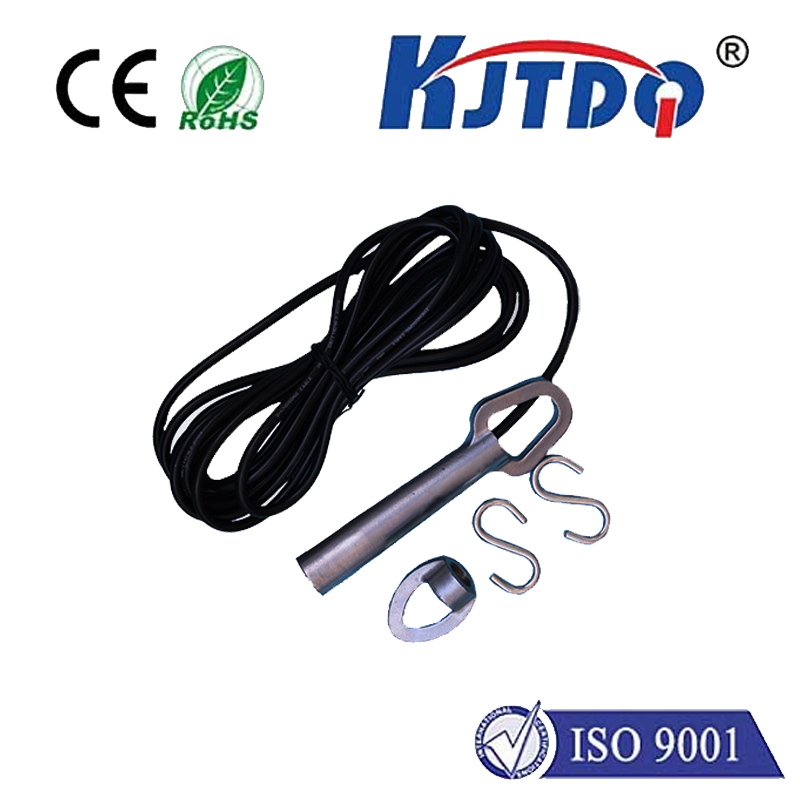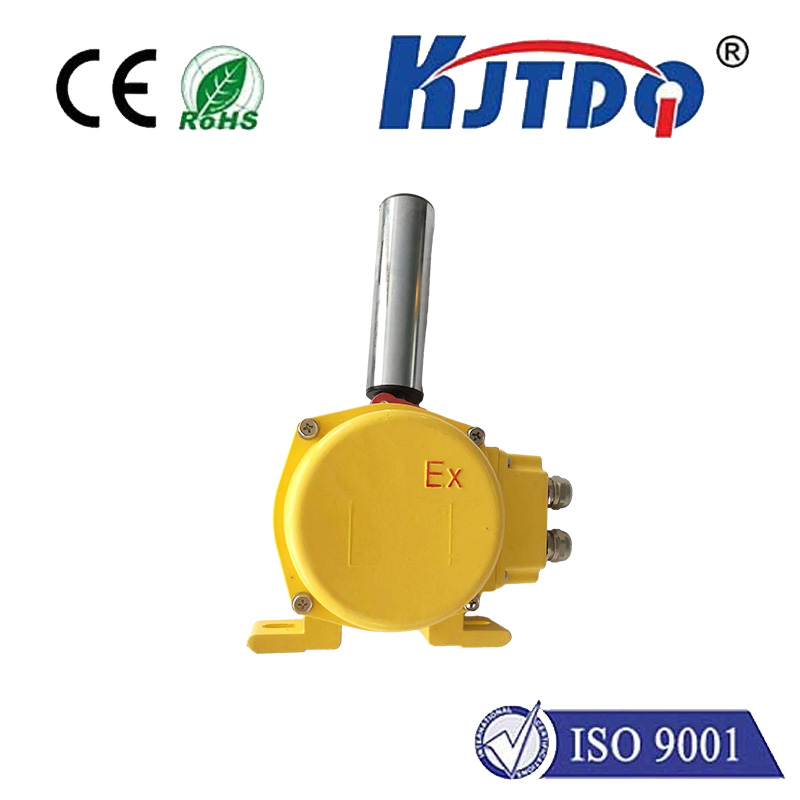

check

check

check

check

check

check

check

check

check

check
Title: Understanding Limit Switch Motor Control in Industrial Automation
Limit switches are an essential component of industrial automation systems, particularly in motor control applications. These devices act as switchers that allow or restrict the flow of electrical current to a motor, thereby controlling its rotation. In this article, we will explore the principles behind limit switch motor control and their importance in ensuring safe and efficient industrial processes.
Introduction to Limit Switch Motor Control:
A limit switch is a mechanical device that consists of a movable arm or contact connected to a circuit. When the arm or contact comes into contact with an obstacle or reaches a predetermined position, it opens or closes the circuit, respectively. This interruption in the flow of current causes the motor to stop or reverse direction. The purpose of a limit switch is to provide precise control over the operation of a motor by monitoring its position and preventing it from reaching harmful positions or causing damage.
Principles of Limit Switch Motor Control:
The principle behind limit switch motor control is based on the interaction between the limit switch and the motor. When the limit switch is triggered (open), it interrupts the flow of current to the motor, effectively stopping its movement. The speed at which the motor stops depends on various factors such as the type of motor, the weight of the load it is carrying, and the force applied to the limit switch. Once the limit switch is triggered, it remains in its open state until it is manually reset or replaced.
Role of Limit Switches in Industrial Automation:
Limit switches play a crucial role in ensuring safety and efficiency in industrial automation systems. By monitoring the position of a motor and preventing it from reaching hazardous or damaging positions, limit switches help prevent accidents and downtime. They also enable precise control over the speed and torque required for different tasks, allowing for better performance and productivity.
Types of Limit Switches:
There are several types of limit switches available on the market, each with its unique features and advantages. Some common types include magnetic limits switches, optical limits switches, and pneumatic limits switches. Magnetic limits switches use a magnetic field to detect the presence of an object and trigger an interrupt signal. Optical limits switches rely on light-based sensors to detect the position of an object and initiate an interrupt signal. Pneumatic limits switches use compressed air to activate an opening or closing mechanism when an object comes into contact with them.
Conclusion:
In conclusion, limit switches are a critical component of industrial automation systems, particularly in motor control applications. Their ability to monitor the position of a motor and prevent it from reaching hazardous or damaging positions makes them indispensable for ensuring safety and efficiency in various industrial processes. By understanding the principles behind limit switch motor control and selecting the appropriate types of limits switches for specific applications, manufacturers can ensure optimal performance and productivity in their industrial automation systems.
